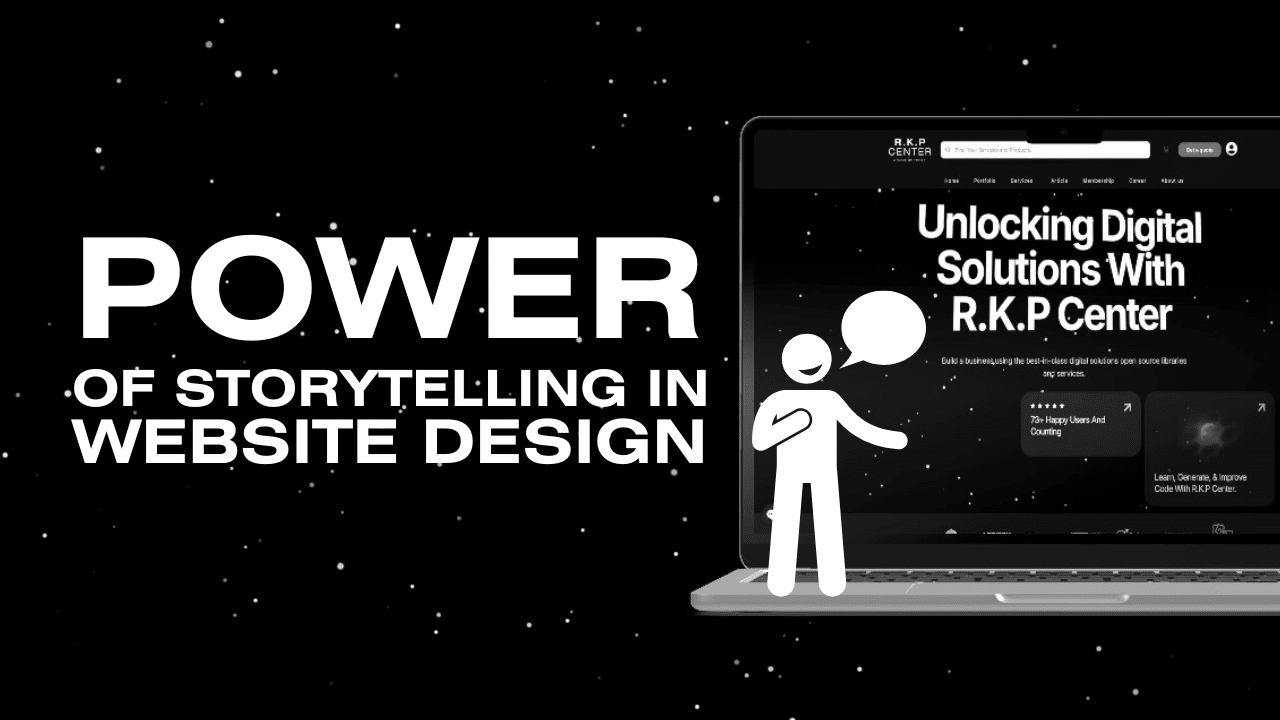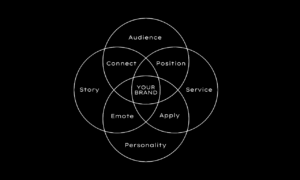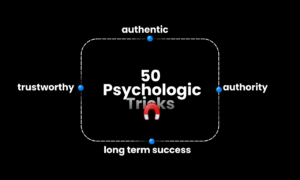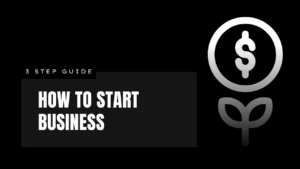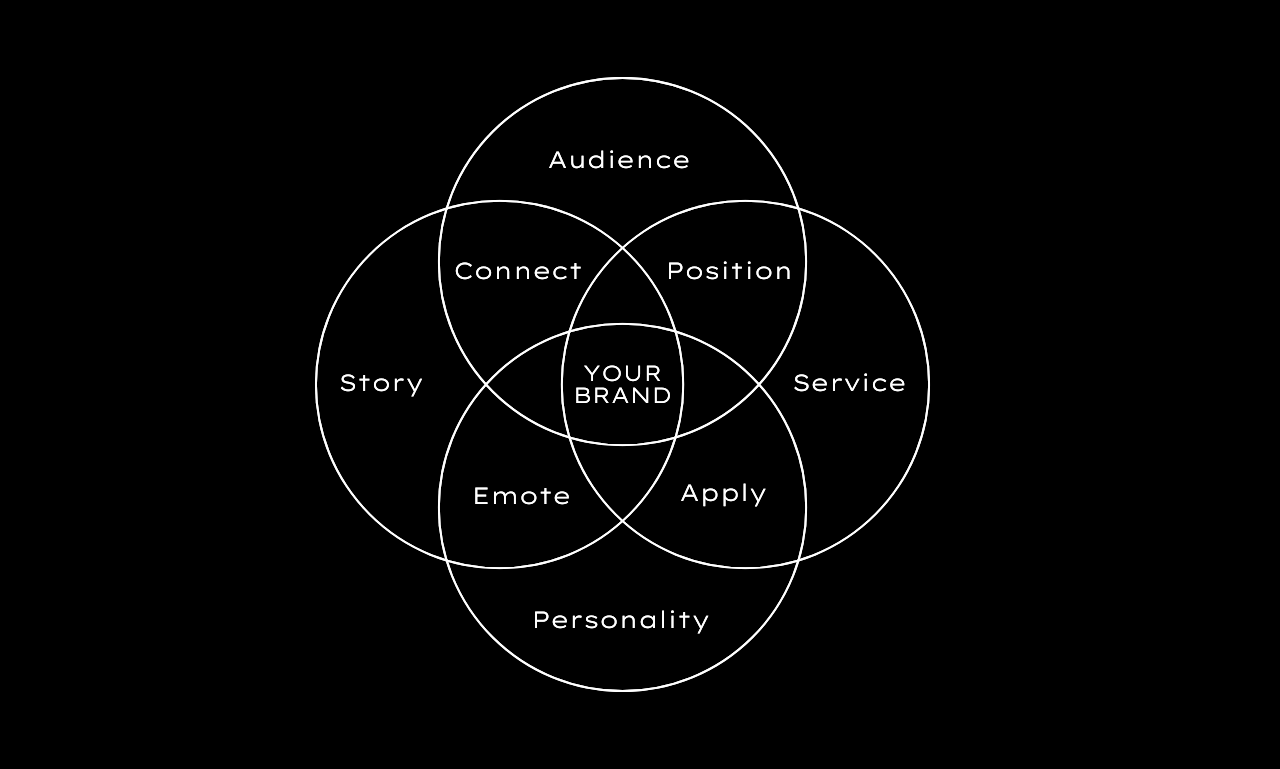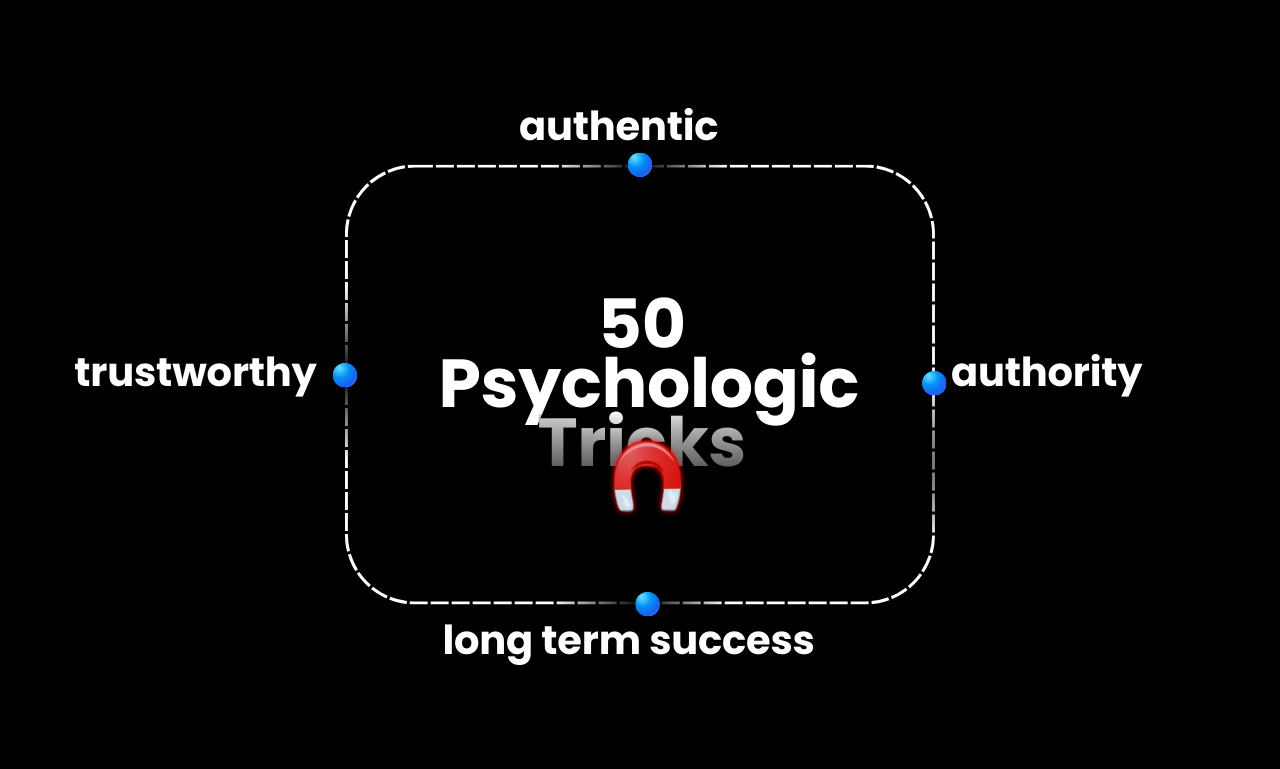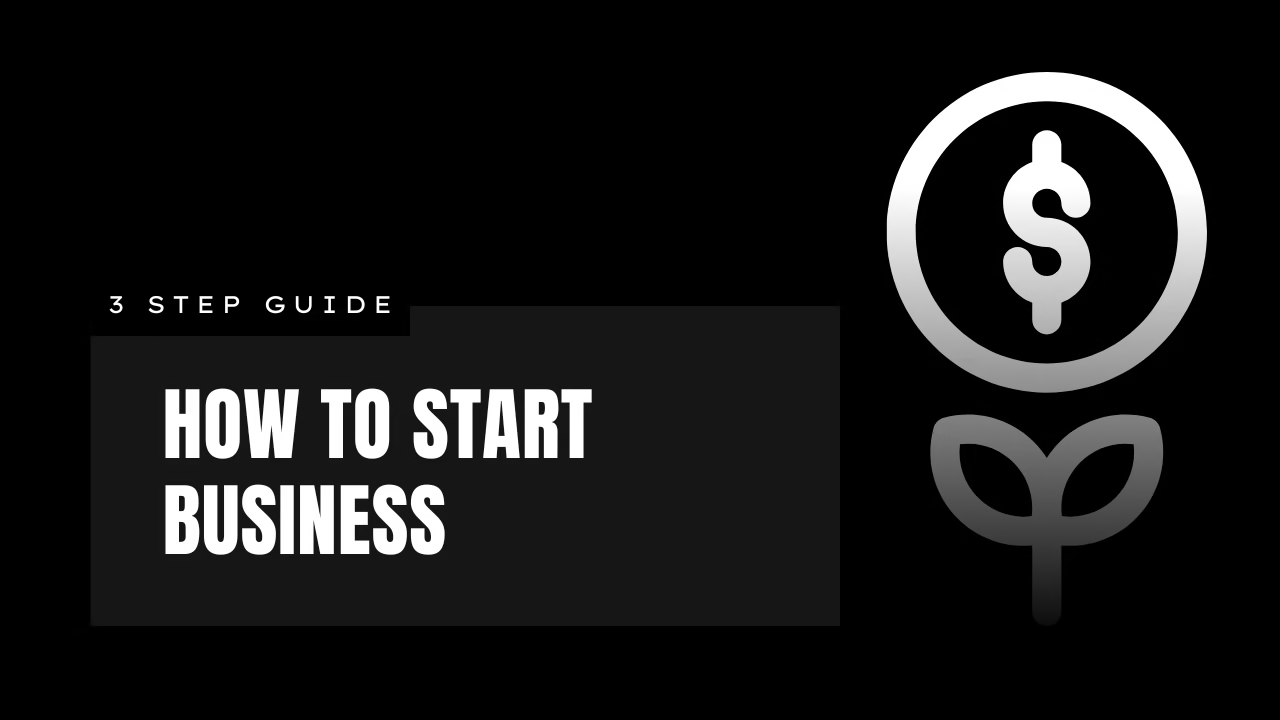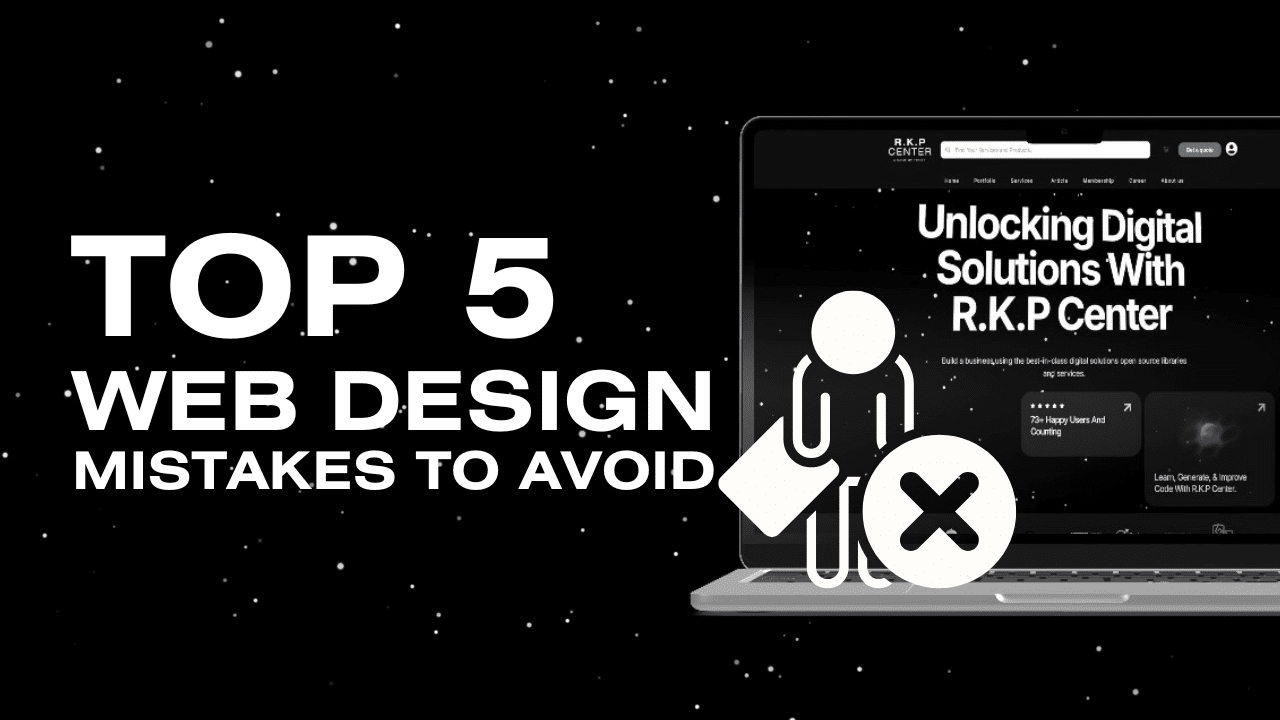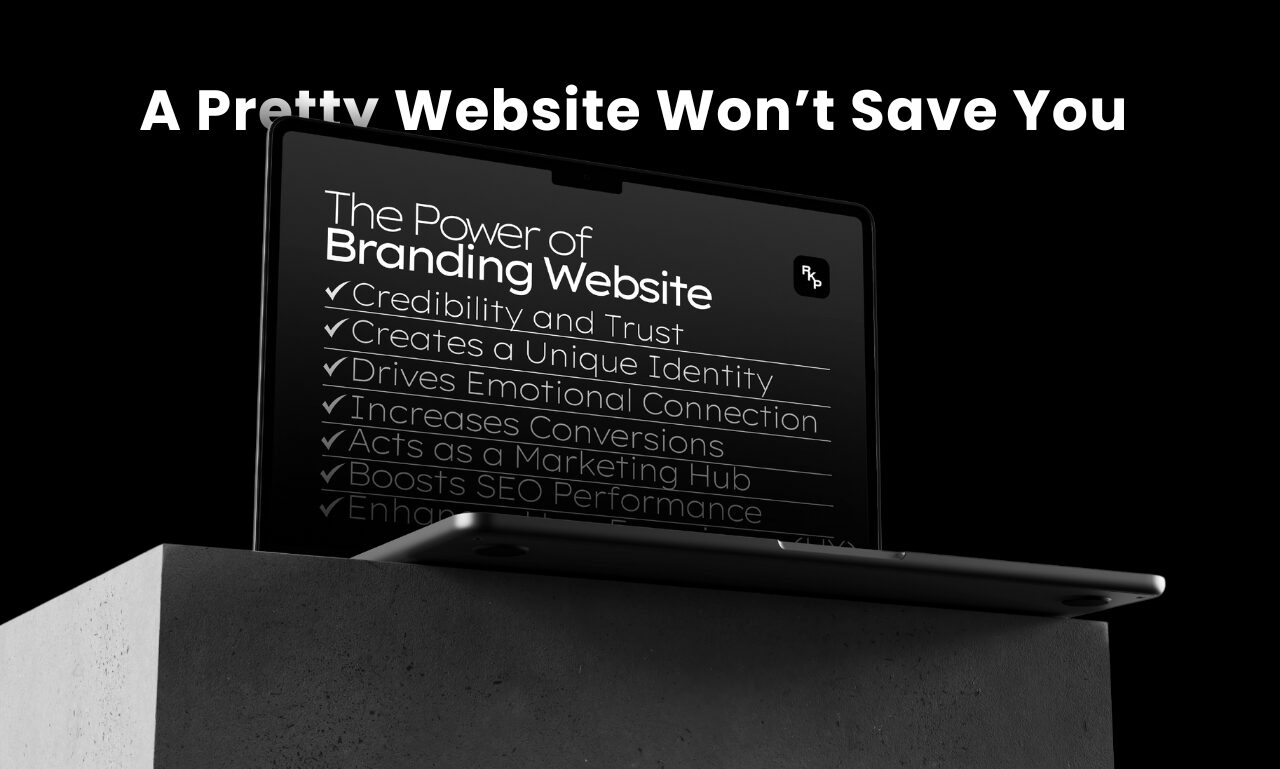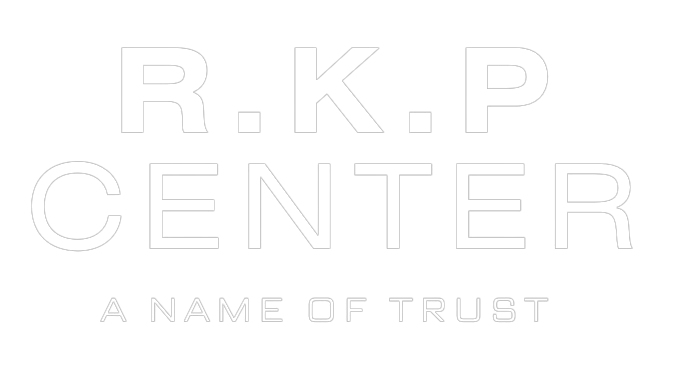In a digital world saturated with information, websites must do more than just look good—they must engage, connect, and convert. The secret? Storytelling. Incorporating storytelling into your website can transform it from a static page into an immersive experience that captivates visitors and turns them into loyal customers.
Why Storytelling Matters
Humans are wired for stories. According to research, storytelling activates more parts of the brain than plain facts, making your message more memorable and emotionally impactful. For websites, this means:
- Increased Engagement: Visitors stay longer and explore more.
- Emotional Connection: Builds trust and loyalty by connecting with users on a deeper level.
- Higher Conversions: Engaged and connected users are more likely to take action.
Key Elements of Storytelling in Web Design
1. Craft a Compelling Brand Narrative
Your brand story sets the tone for your entire website. It explains who you are, what you do, and why it matters.
- About Us Page: Share your mission, values, and the journey behind your brand.
- Home Page: Create an emotional connection by addressing the user’s needs and positioning your brand as the solution.
Learn more about crafting a brand story with this Wikipedia article on Brand Identity.
2. Visual Storytelling
A picture is worth a thousand words, and visuals can evoke emotions faster than text.
- Hero Images: Use powerful visuals that reflect your brand’s essence.
- Videos: Showcase your products, services, or customer stories in action.
- Infographics: Simplify complex information into engaging visual formats.
Discover the importance of visuals in storytelling from Visual Communication.
3. Use Customer Stories and Testimonials
Real stories from real customers build trust and credibility. Include testimonials, case studies, or success stories that highlight how your product or service has made a difference.
4. Leverage Emotion-Driven Content
Stories that evoke emotions—happiness, empathy, or even urgency—are more likely to resonate with your audience. Use authentic language, relatable scenarios, and emotional triggers to connect with your users.
5. Create a Journey with Clear CTAs
Every story needs a resolution; on a website, that resolution is the call to action (CTA). Guide visitors through your story and prompt them to take the next step, whether it’s signing up, purchasing, or contacting you.
Learn more about effective CTAs in Conversion Rate Optimization.
Benefits of Storytelling in Web Design
- ✅ Improved User Experience: A well-told story guides users seamlessly through your website.
- ✅ Enhanced Brand Perception: A compelling narrative differentiates you from competitors.
- ✅ Higher Retention Rates: Memorable stories encourage repeat visits and referrals.
Unlock the Power of Storytelling with R.K.P Center
Ready to captivate your audience with a website that tells your brand’s story? Let R.K.P Center help you design a website that resonates, engages, and converts.
Your story deserves to be told. Let’s bring it to life! 🌟

